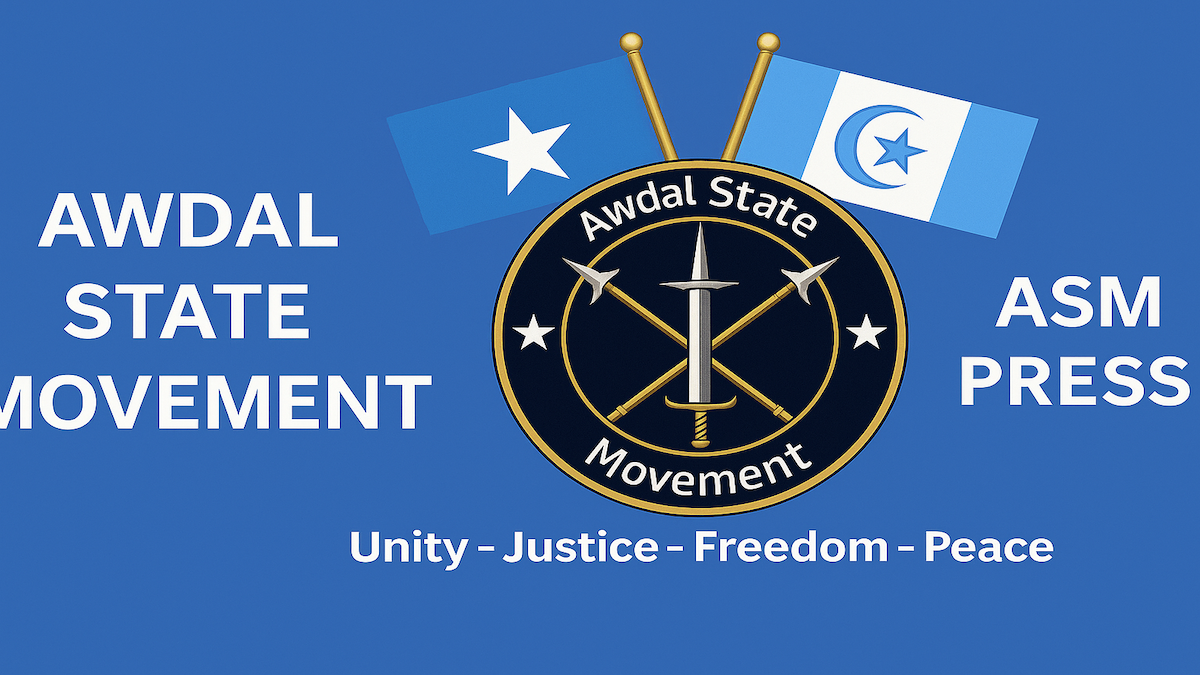Introduction
As technology advances at an unprecedented rate, the concept of weather manipulation as a strategic tool in warfare is gaining traction. In 2025, US aerospace forces are on the brink of harnessing emerging technologies to “own the weather,” integrating meteorological control into their tactical and strategic operations. This article explores how advanced technologies could be utilized for warfighting purposes and the implications of weather control in modern warfare.
The Evolution of Weather Modification Technology
Weather modification is not a new concept. Historical efforts, such as Project Stormfury and Operation Popeye, demonstrated the potential for altering weather conditions to achieve military objectives. Today, advancements in artificial intelligence (AI), nanotechnology, cloud seeding, and directed energy weapons are bringing the idea of controlled weather closer to reality.
Key emerging technologies in weather modification include:
- Artificial Cloud Seeding – Using nanotechnology to create or dissipate clouds for battlefield advantages.
- Electromagnetic Pulse (EMP) Technology – Disrupting weather patterns by manipulating atmospheric ions.
- Directed Energy Weapons (DEW) – Controlling storms, fog, and precipitation to hinder enemy operations.
- AI-Driven Climate Simulation – Predicting and influencing weather patterns in real time.
Military Applications of Weather Control
By capitalizing on these advancements, US aerospace forces could use weather modification as a force multiplier in combat scenarios. Potential applications include:
- Enhanced Battlefield Operations
- Creating fog or cloud cover to obscure troop movements.
- Reducing extreme heat or cold to improve soldier endurance.
- Aerial Superiority
- Modifying wind patterns to disrupt enemy aircraft.
- Using storms to ground adversary air forces.
- Strategic Disruption
- Causing droughts or floods to weaken enemy infrastructure.
- Modifying precipitation to impact agriculture and supply chains.
Ethical and Political Considerations
While the potential advantages of controlling the weather in warfare are vast, ethical concerns and international regulations present significant challenges. The Environmental Modification Convention (ENMOD) prohibits hostile weather modification, making the militarization of climate control a subject of global debate. Additionally, unintended consequences, such as collateral damage to civilians and unpredictable weather shifts, pose risks that must be carefully managed.
The Future of Weather Warfare
With continued investments in aerospace technology, AI, and climate engineering, the US military is poised to leverage weather modification as a strategic advantage. While full control over the atmosphere may still be speculative, the integration of these technologies into military planning is already reshaping the future of warfare. The race to “own the weather” in 2025 and beyond is no longer science fiction—it is an evolving reality.
Conclusion
The ability to manipulate weather conditions could redefine modern combat, giving nations an unprecedented advantage on the battlefield. As technology continues to advance, the ethical, legal, and strategic implications of weather control will remain a topic of global significance. The question is no longer if weather will be weaponized, but when and how it will be deployed in future conflicts.
Stay tuned to AyroTV for more insights into the future of military technology and aerospace advancements.








